Why Solar Watches Are So Hot Right Now

- Solar watches are back in the mainstream thanks to luxury brands like Cartier, TAG Heuer, Seiko, and Tissot.
- Cartier’s Tank Must SolarBeat™ uses hidden solar cells beneath the Roman numerals, offering up to 16 years of power with zero visual compromise.
- From everyday practicality to high-end innovation, solar timepieces now blend heritage design with long-lasting performance.
In a world that’s constantly trying to balance performance with sustainability, solar-powered watches are having a serious comeback. Once dismissed as gimmicky or too granola for the serious collector, solar watches are now having their time in the sun, and not just because they’re eco-friendly.
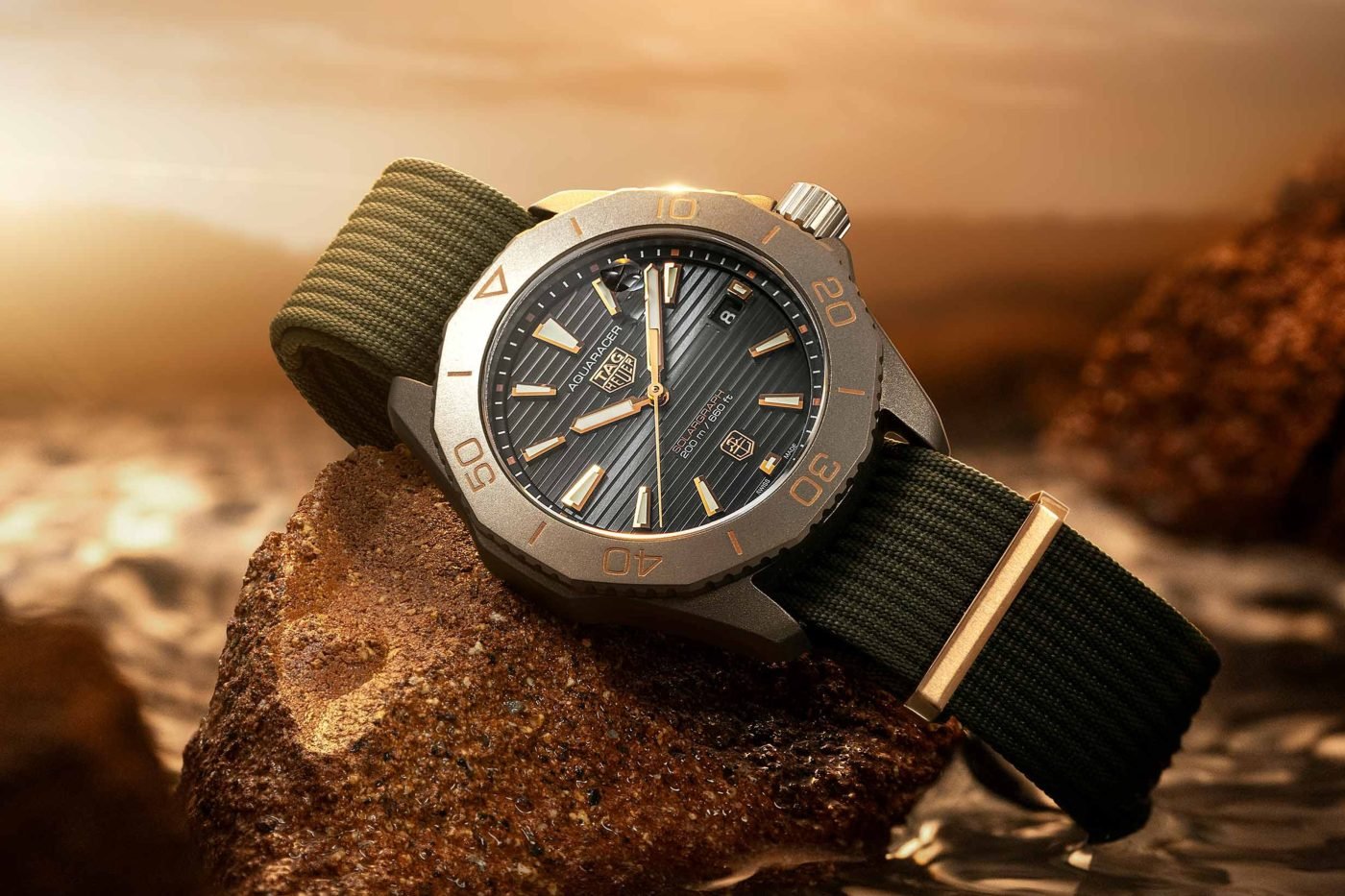
They’re slimmer, sleeker, and packed with clever tech that keeps them running for months (even years) without a battery change. Add a little style and a luxury nameplate, and you’ve got the perfect timepiece for 2025. Or so you’d think.
Solar watches first made waves in the 1970s, just as the watch world was reeling from the latest quartz innovations that had begun to flood contemporary collections.
In 1976, Japanese giant Citizen launched the Crystron Solar Cell, widely regarded as the first solar-powered analogue watch.
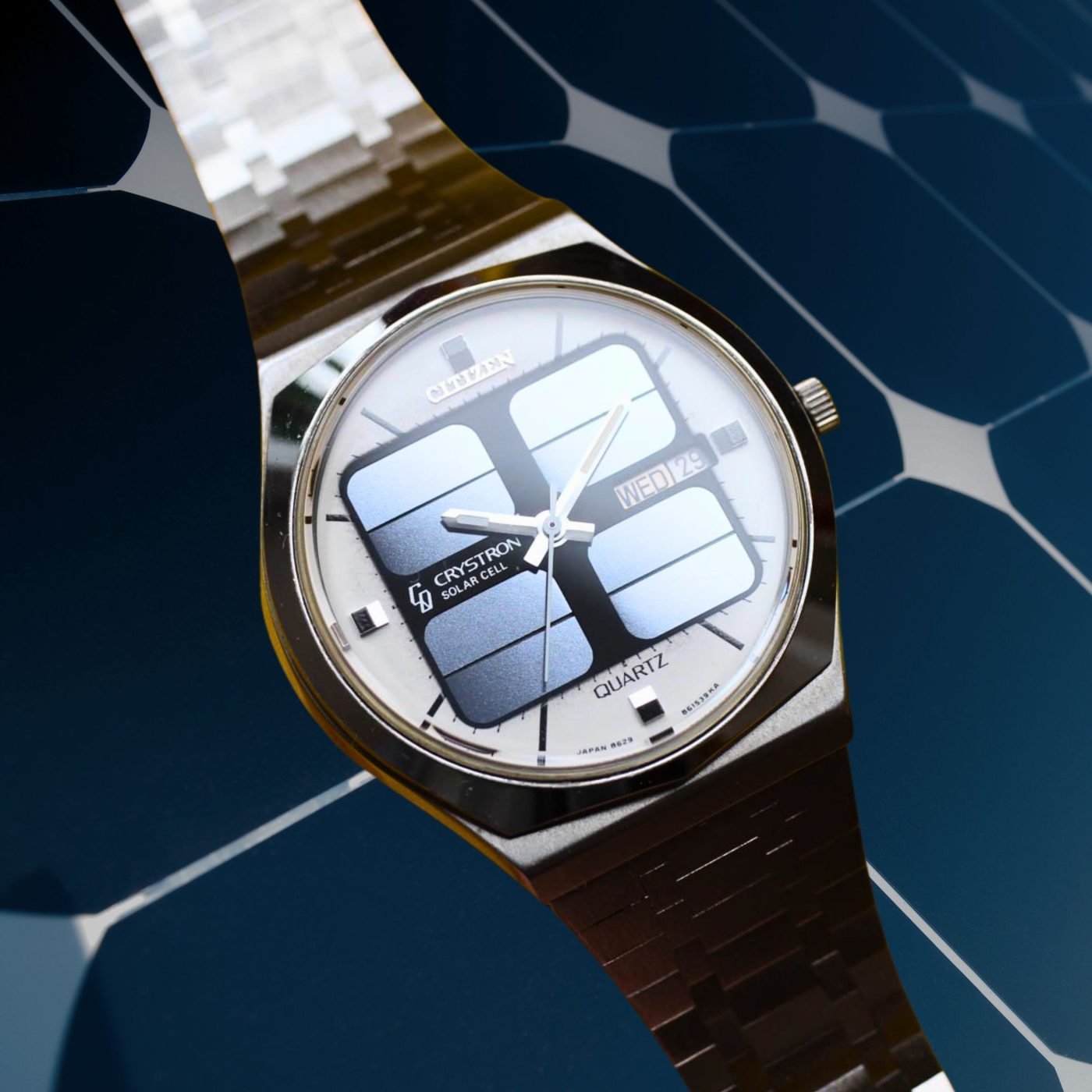
Seiko followed soon after with its own solar offerings. These early solar models were mostly utilitarian, bulky, technical, and clearly designed with function over form. They weren’t pretty, let’s put it that way. But these releases laid the groundwork for a new way of thinking about power in watchmaking: that energy could be harvested, not just stored.
Citizen’s Eco-Drive series, launched in 1995, took the idea mainstream, using any light source (not just sunlight) to power the watch. These models could run for six months or more in complete darkness after a full charge; a novel idea before quartz-powered models had become industry powerhouses we know of them today.
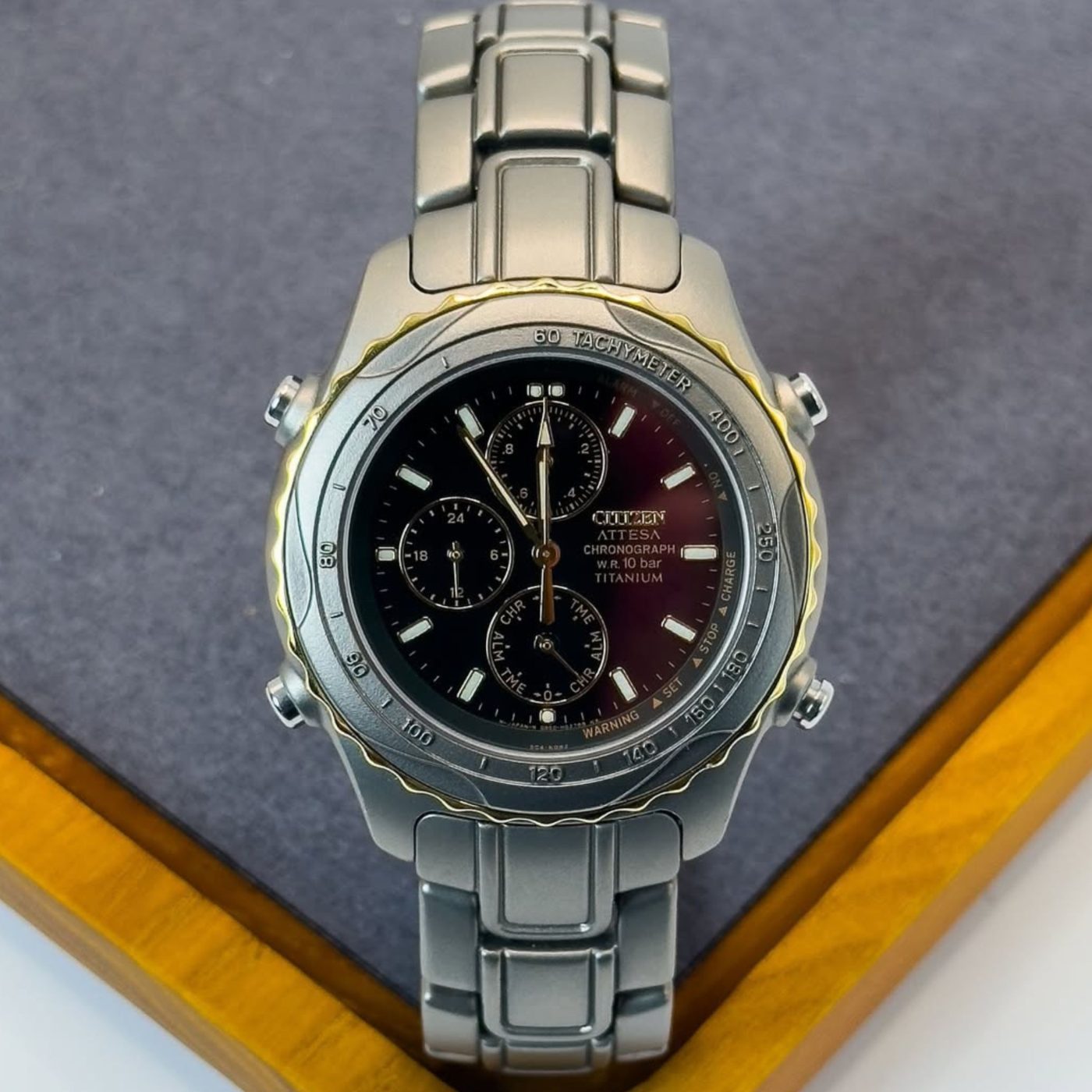
That longevity (and let’s face it, convenience) made them a go-to for everyday wearers who wanted set-and-forget functionality. No winding. No battery swaps. No stress. But fast-forward half a century, and you’d struggle to separate some solar releases from the market’s most iconic collections.
Luxury brands have entered the solar space, not to compete with digital devices, but to evolve mechanical design in a world that’s increasingly focused on sustainability and simplicity.
Take TAG Heuer’s Solargraph, for example. Released in 2022 and developed in partnership with La Joux-Perret, this isn’t your dad’s solar watch.
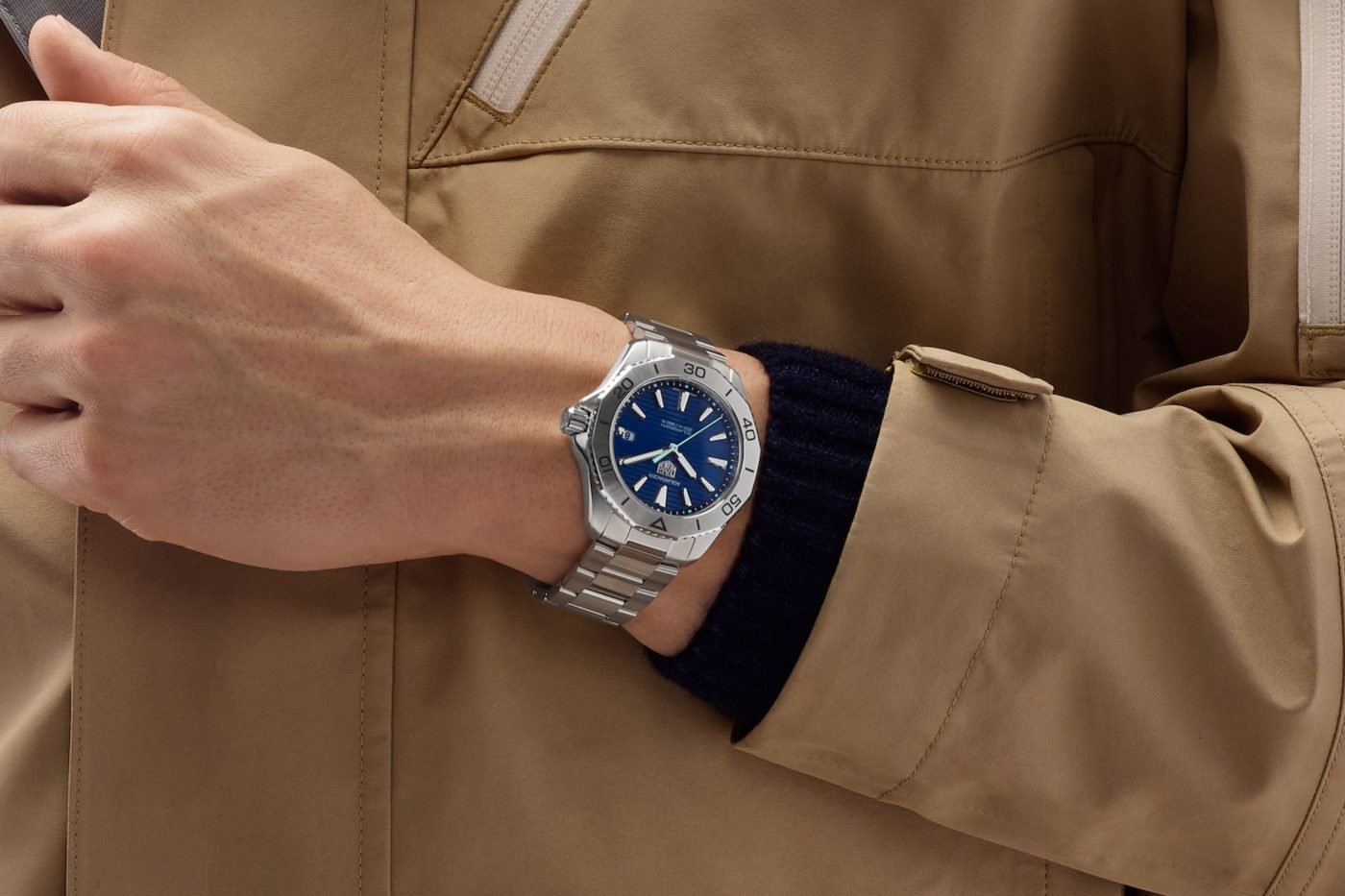
It’s stylish, sporty, and can be charged by any light source in under 2 minutes. One day’s charge gets you 24 hours of run time. A full charge lasts six months of autonomy. TAG Heuer had positioned the Solargraph as a high-performing release in solar space. But it was celebrated as one you actually wanted to wear.
Then there’s Cartier’s Tank Must SolarBeat™, which merges a century-old design with cutting-edge tech.
First released in 1917, the Cartier Tank was inspired by the Renault FT-17 tanks used on the Western Front during World War I.
Louis Cartier was adamant he wanted to reflect the machine’s functional lines, resulting in a rectangular frame that, in a sea of ornamental round cases, was as radical as they come. Over the next century, the Tank became a design icon, worn by everyone from Andy Warhol to Princess Diana, symbolising a refusal to follow fashion’s faster whims.
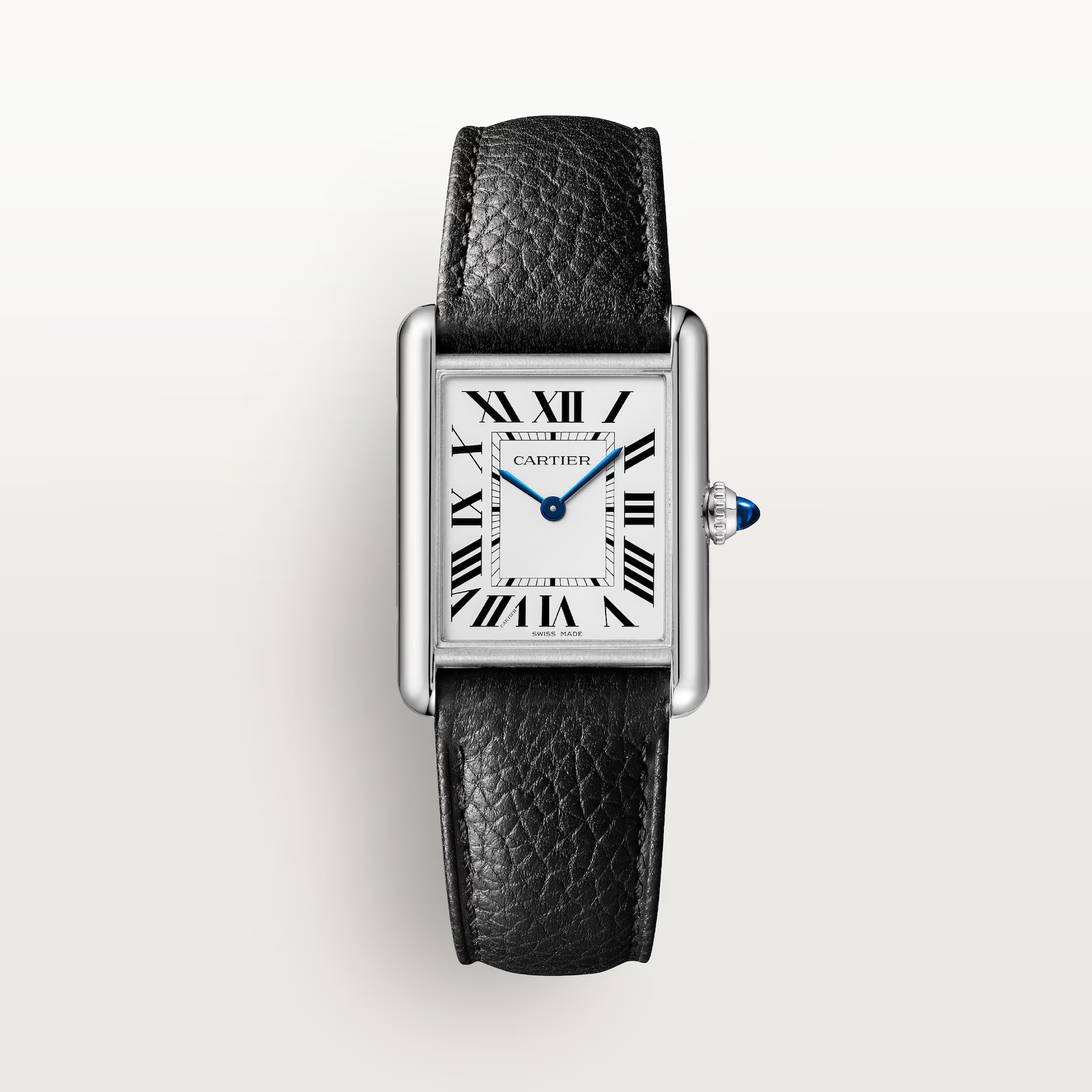
The Tank Must SolarBeat™, first seen in 2021, marked the first time Cartier had fitted a solar-powered movement inside one of its most iconic collections. It wasn’t as simple as opening up the hood and fitting new mechanics inside, however.
Cartier wanted to make a solar-powered version of their classic Tank watch, but they didn’t want it to look like any of the clunky solar watches that had been knocking around the market. So instead of putting a big solar panel on the dial, the French Maison got clever, poking tiny holes in the black Roman numerals so as to allow light to get through to the solar panel hidden underneath.
In 2024, Cartier quietly updated the range with the SolarBeat V2, improving energy efficiency, extending the charge duration to two years, and offering new strap and bracelet options.
Tissot has joined the solar revival with its own twist on watchmaking innovation, the PRC 100 Solar. It uses the Swiss brand’s Lightmaster Solar technology, where nearly invisible honeycomb photovoltaic cells are integrated within the sapphire crystal to capture natural or artificial light to charge the model.
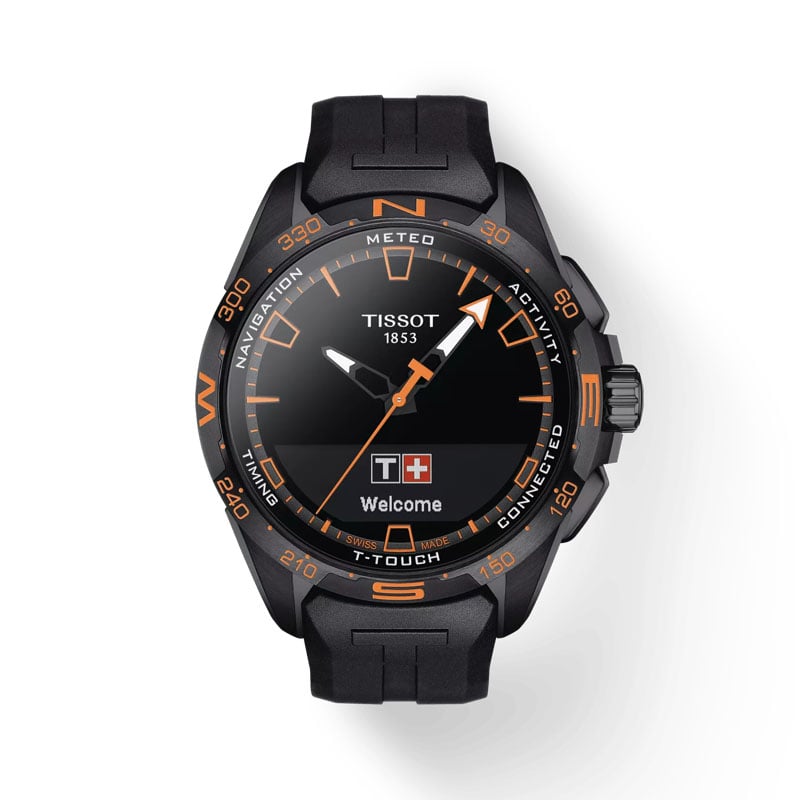
A full charge can power the watch for up to 14 months even in complete darkness, and a brief ten-minute exposure offers enough energy for a full day’s use.
Meanwhile, Tissot’s T‑Touch Connect Solar takes solar beyond timekeeping. This tactile smartwatch integrates solar cells beneath its dial to recharge while offering barometer, compass, fitness tracking, notifications and more, with a connected life lasting months on a light charge. With interest in smart watches reaching ridiculous levels recently, Tissot’s offering is certainly one to consider.
And last, but not least, Seiko’s Prospex Solar line continues to dominate the adventure space. Built for divers, pilots, and weekend warriors, these watches combine tool-watch ruggedness with solar convenience. It’s the kind of piece you can take off-grid for a week and still trust to keep ticking when you’re up the creek without a paddle.
Because they quietly do what luxury often forgets to: make life easier. In a market obsessed with heritage, complications, and limited editions, solar watches offer a different kind of value – reliability, sustainability, and the kind of low-maintenance practicality most collectors secretly crave.
If I’m honest, they’re perfectly designed for the modern man. No, they’re not winning the Grand Prix d’Horlogerie de Genève any time soon. But in a landscape still flooded with mechanical reissues and quartz nostalgia, solar watches are the dependable choice that doesn’t need fanfare. You don’t have to baby them, charge them, or justify them. They just work, quietly, efficiently, and with nothing more than a little light.
dmarge





